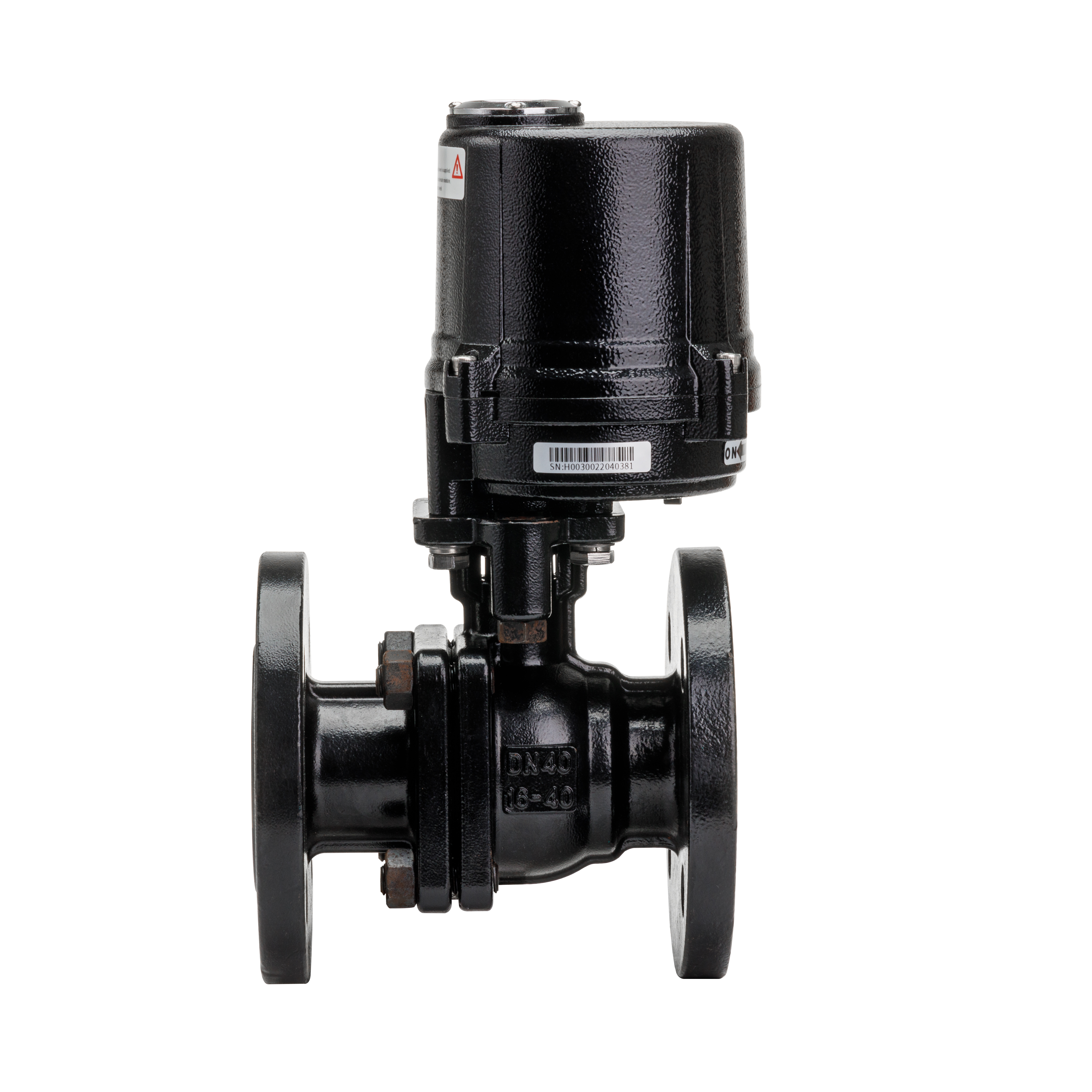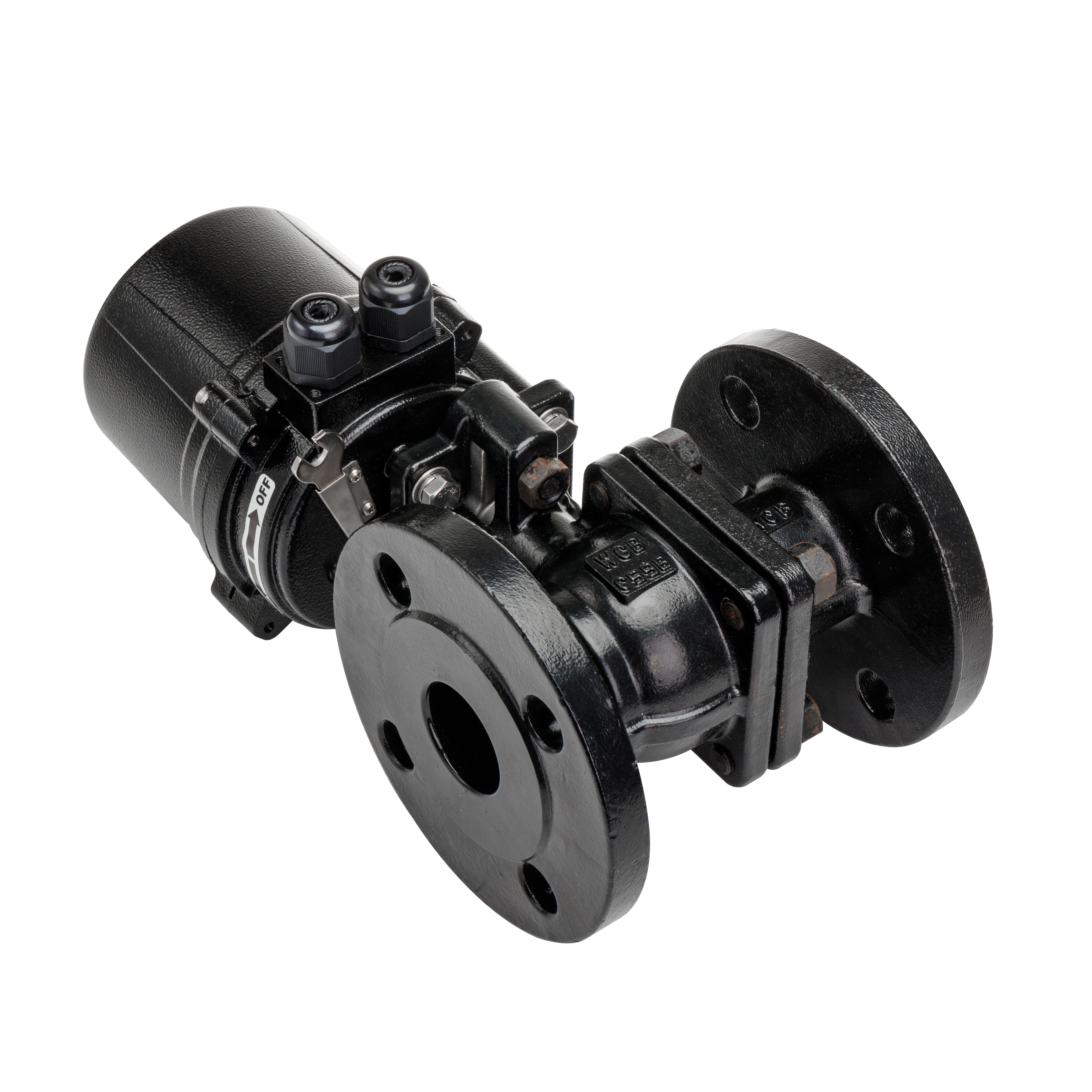

A ball valve is a type of quarter-turn valve that uses a spherical obstruction (the ball) to control the flow of fluid through it. When the valve is open, the hole in the ball aligns with the flow direction, allowing fluid to pass through. Conversely, when the valve is closed, the ball rotates to obstruct the flow, providing a reliable seal. High-temperature ball valves are designed to withstand elevated temperatures, often exceeding 200 degrees Celsius (392 degrees Fahrenheit), making them suitable for applications in industries such as oil and gas, chemical processing, and power generation.

In recent years, the demand for efficient and reliable control systems in various industrial applications has surged, primarily driven by advancements in automation and the increasing complexity of manufacturing processes. One notable innovation in this area is theLithium Battery Electric High Temperature Ball Valve. This advanced valve technology combines the advantages of electric actuation with the durability required to handle high-temperature applications, making it an essential component in many industrial processes.
Understanding the High-Temperature Ball Valve